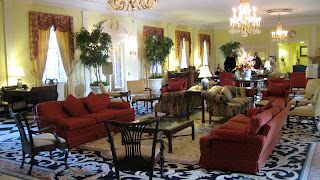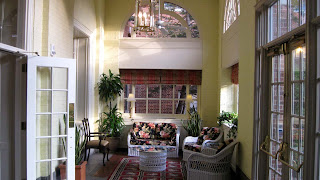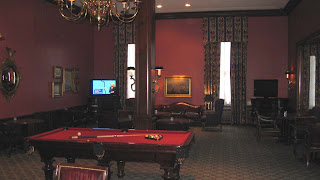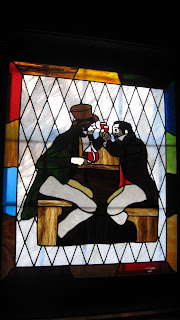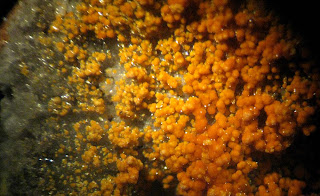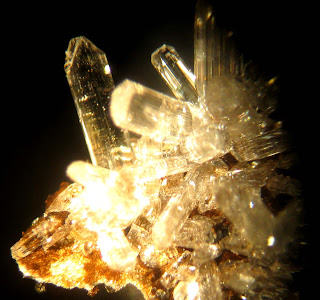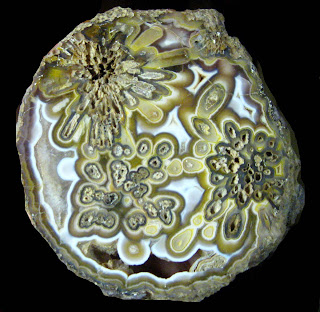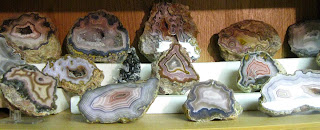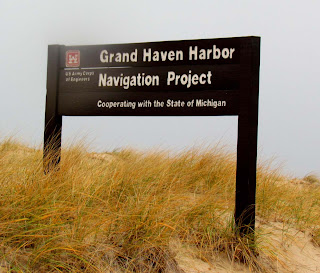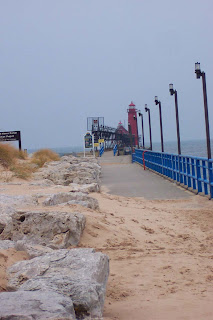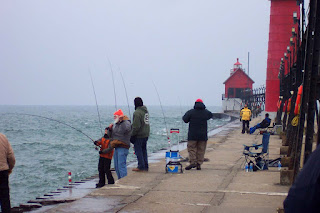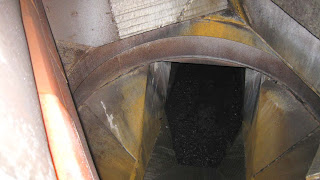
Afterwords, we were looking for somewhere to get a bite to eat. We spotted the Dearborn Inn, which is located just down the road from the museum. The inn was built by Henry Ford so that visiting dignitaries had a five-star hotel to stay in. The inn opened in July 1931. It is now a registered historic landmark.
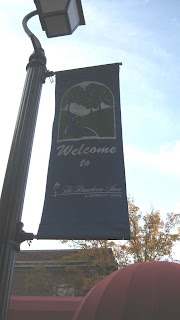


Henry Ford (July 30, 1863 – April 7, 1947) was a prominent American industrialist, the founder of the Ford Motor Company, and sponsor of the development of the assembly line technique of mass production. His introduction of the Model T automobile revolutionized transportation and American industry. As owner of the Ford Motor Company, he became one of the richest and best-known people in the world. He is credited with "Fordism", that is, mass production of inexpensive goods coupled with high wages for workers. Ford had a global vision, with consumerism as the key to peace. His intense commitment to systematically lowering costs resulted in many technical and business innovations, including a franchise system that put a dealership in every city in North America, and in major cities on six continents.

In 1891, Ford became an engineer with the Edison Illuminating Company. After his promotion to Chief Engineer in 1893, he had enough time and money to devote attention to his personal experiments on gasoline engines. These experiments culminated in 1896 with the completion of a self-propelled vehicle which he named the Ford Quadricycle. He test-drove it on June 4. After various test-drives, Ford brainstormed ways to improve the Quadricycle.
Also in 1896, Ford attended a meeting of Edison executives, where he was introduced to Thomas Edison. Edison approved of Ford's automobile experimentation; encouraged by him, Ford designed and built a second vehicle, completing it in 1898. Henry Ford and Thomas Edison became and remained friends.

After a series of business ventures, the Ford Motor Company was founded on June 16, 1903 with $28,000 capital. In a newly designed car, Ford gave an exhibition on the ice of Lake St. Clair, driving 1 mile (1.6 km) in 39.4 seconds, setting a new land speed record at 91.3 miles per hour (147.0 km/h). Convinced by this success, the race driver Barney Oldfield, who named this new Ford model "999" in honor of a racing locomotive of the day, took the car around the country, making the Ford brand known throughout the United States. Ford also was one of the early backers of the Indianapolis 500.
Ford astonished the world in 1914 by offering a $5 per day wage, which more than doubled the rate of most of his workers. (Using the consumer price index, this was equivalent to $111.10 per day in 2008 dollars.) The move proved extremely profitable; instead of constant turnover of employees, the best mechanics in Detroit flocked to Ford, bringing their human capital and expertise, raising productivity, and lowering training costs. Ford called it "wage motive."
Here are some shots taken at the Dearborn Inn.

